Picking up where we left our waste tour in Living Green in India: “Trash Trail” Part I…
Stop 5: Jolly Mohalla Wholesale Market
After seeing local garbage collection in action, and visiting kabbadiwallas sorting their products, we visited the Jolly Mohalla Wholesale Market – the scale of which has to be seen to be believed. Families have been in business here for 50 years and competition is fierce.
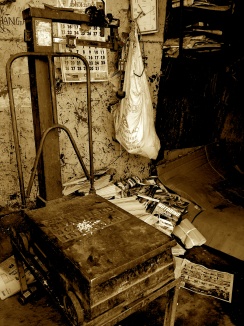 Scales – a key tool of the trade
Scales – a key tool of the trade
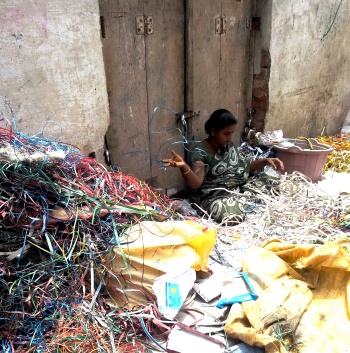 Everyone has their specialisation – peeling plastic covering from copper wires, scrubbing stickers from plastic containers or sorting plastic strips according to colour.
Everyone has their specialisation – peeling plastic covering from copper wires, scrubbing stickers from plastic containers or sorting plastic strips according to colour.
Stop 6: Plastic recycling plants
Some of what is salvaged and sorted at the Jolly Mohalla market makes it to plastic recycling plants – including plastic bottle caps and bags.
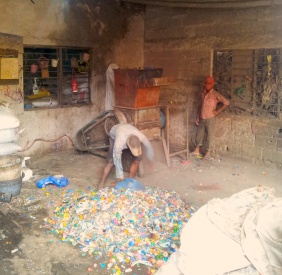 Preparing to chip plastic pieces (just after we saw a huge rat run across the floor…)
Preparing to chip plastic pieces (just after we saw a huge rat run across the floor…)
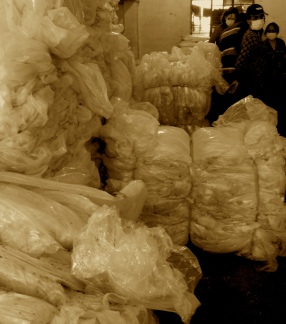 Piles of plastic bags ready for shredding, melting and reforming
Piles of plastic bags ready for shredding, melting and reforming
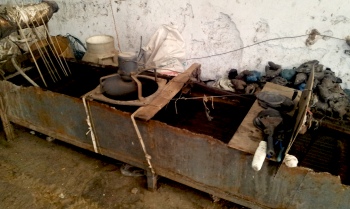 Reforming the melted down plastic into long strips that are then chipped into pellets
Reforming the melted down plastic into long strips that are then chipped into pellets
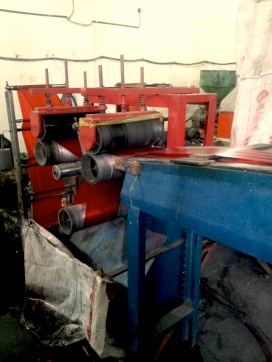 Reforming the recycled plastic
Reforming the recycled plastic
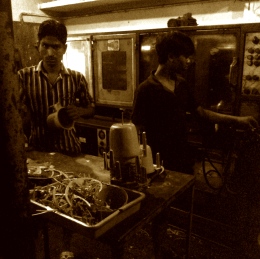 Using recycled plastic pellets to remould plastic buckets
Using recycled plastic pellets to remould plastic buckets
Lesson 3: India has one of the highest plastic recycling rates in the world at 60 %.
The downside of this is that often the work is done in much less than ideal circumstances. The fumes and heat in the plastic recycling factories were so intense that we could barely speak at all while inside and had our faces covered with masks. I cannot imagine the health issues that the staff must face working there day in day out.
Stop 7: Landfill
To complete the cycle we visited one of Bangalore’s many landfills. Due to the stench, I physically could not breathe through my nose for the entire time we were walking around the site. According to Daily Dump, “Bangalore generates a total of 3500 tonnes of waste each day. Approximately 60% of this is dumped in landfill, 30% is recycled and 10% is burnt or left to pollute storm water drains and street corners.”
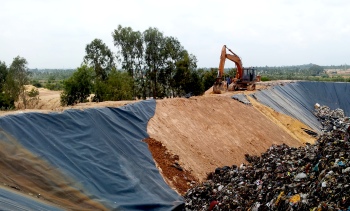 The plastic covering here is designed to stop the garbage from contaminating the soil and groundwater, but obviously that system is not working very effectively.
The plastic covering here is designed to stop the garbage from contaminating the soil and groundwater, but obviously that system is not working very effectively.
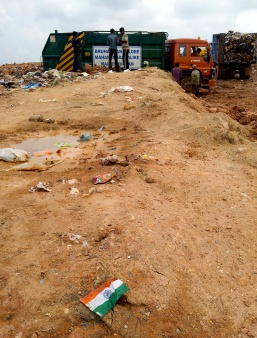 One of many plastic Indian flags sold for recent Independence Day celebrations that will have made their way into landfills across the country.
One of many plastic Indian flags sold for recent Independence Day celebrations that will have made their way into landfills across the country.
Solution: segregation at source
One of the main causes of the waste problem in India is the lack of formal segregation. Daily Dump advocates the need for segregation at source (in the home, office, store), so that the valuable materials in our garbage can be reclaimed and recycled.
Interestingly, just after we went on this Trash Trail, the Bangalore municipal city authority Bruhat Bangalore Mahanagara Palike (BBMP) announced that waste segregation at source would become mandatory on October 1st 2012. From a standing start, it is heartening to see the city authorities taking this issue seriously and moving quickly to address it. I do hope that this hasty fix will not marginalise the informal waste workers, but instead put their skills to good use. On another note, I will be watching with interest to see how effectively these new systems are monitored and enforced – something that is rarely done well in India.
Everything is connected
As citizens, what we must realise is how much our “consumption patterns, cultural values, poverty, waste work, resources, livelihoods and the environment are all interconnected”. Daily Dump Founder, Poonam Bir Kasturi, is right when she says that “even things such as our housing developments must be designed right from the outset to incorporate effective waste management”.
The individual decisions we make – be they about which products and packaging to buy, or whether to segregate our waste and compost, or not – collectively make a huge impact. I believe that only once we appreciate the “resources” in our waste, will we be more responsible about how we manage it.
I challenge you to go out there and do a “Trash Trail” of your own – be it in India, Australia or anywhere else in the world. You will never look at rubbish the same way again!

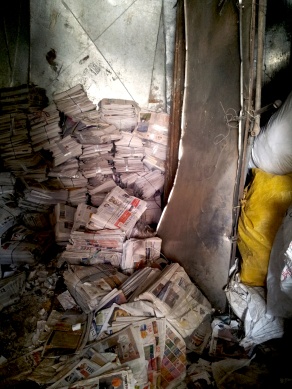
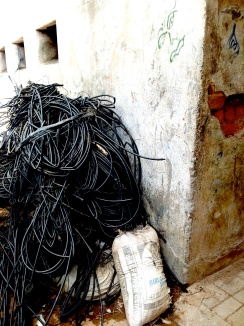
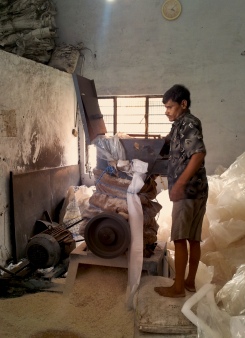
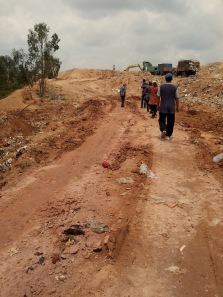
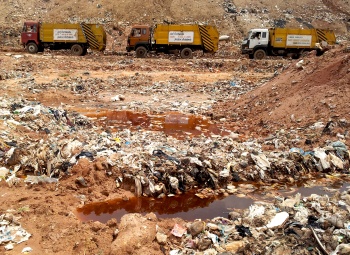

Pingback: Living Green in India: “Trash Trail” Part I | Spinning the Green Wheel
Your First hand account of the Recycle Industry is commendable.The article essentially captures the plight of the individuals who are associated with the industry. Modernisation of Segregation units is essential now.